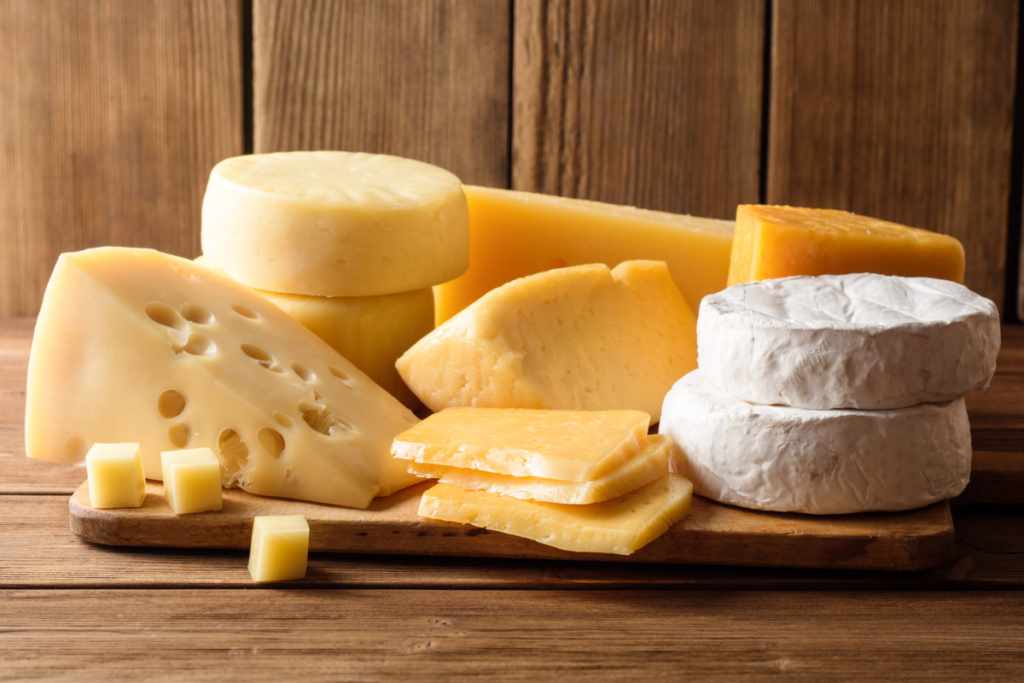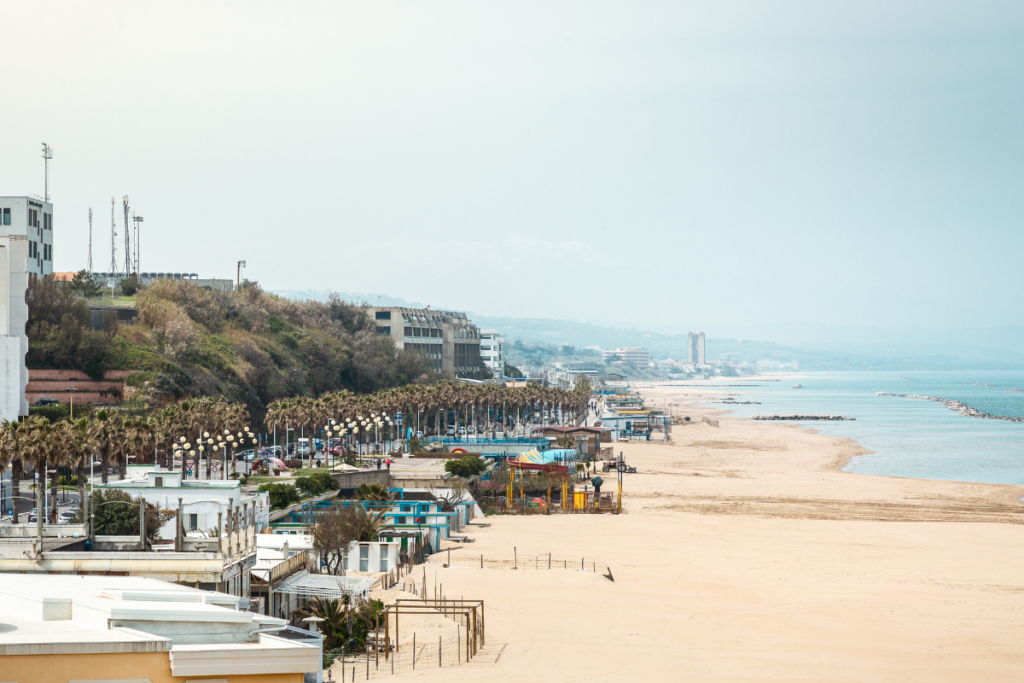Discover the hidden gem of Molise, a region where unspoiled landscapes, ancient traditions, and rich history await. From picturesque villages to mouthwatering cuisine, Molise offers an authentic Italian experience.
Tucked away in central-southern Italy, Molise is a region that remains largely off the beaten path, offering unspoiled landscapes, rich cultural traditions, and a deep sense of history. Despite its relatively small size, Molise is a treasure trove of experiences for those willing to explore its quiet charm. Let’s delve into the various aspects that make Molise a unique and captivating destination.
Location and Climate

Molise is situated in central-southern Italy, bordered by Abruzzo to the north, Lazio to the west, Campania to the south, and Apulia to the southeast. The region also enjoys a short coastline along the Adriatic Sea to the northeast. Molise’s landscape is diverse, featuring rolling hills, mountainous areas, and a narrow coastal strip.
The climate in Molise varies with its topography. Coastal areas enjoy a Mediterranean climate with hot, dry summers and mild, wet winters. Inland and mountainous regions experience a more continental climate, with colder winters and warm summers. This variation provides a range of experiences throughout the year, from seaside relaxation to winter sports in the higher elevations.
Historical Tapestry

Molise’s history is deeply intertwined with that of neighboring regions, yet it has retained a distinct identity. Key historical periods include:
Ancient Samnites
The region was originally inhabited by the Samnites, an ancient Italic tribe known for their fierce resistance against Roman expansion.
Roman Era
Following the Samnite Wars, Molise became part of the Roman Empire. Numerous Roman ruins, such as those in Sepino and Larino, highlight this period.
Medieval Period
During the Middle Ages, Molise saw the construction of numerous castles and fortifications as various feudal lords vied for control. The Norman and later Swabian influences are evident in the region’s architecture.
Modern Era
Molise was part of the Kingdom of the Two Sicilies before joining the unified Kingdom of Italy in the 19th century. Despite modernization, the region has preserved much of its rural charm and historical heritage.
Key Cities

Campobasso
The regional capital, Campobasso, is known for its medieval castle, Castello Monforte, and the beautiful Romanesque churches such as San Bartolomeo and Santissima Trinità. The city’s historic center features narrow streets, old buildings, and a lively atmosphere.
Isernia
Another significant city, Isernia boasts a rich history dating back to prehistoric times. The Fontana Fraterna, an ancient fountain, and the ruins of the Roman theater are key attractions. The city is also known for its traditional lace-making.
Termoli
A picturesque coastal town, Termoli is famous for its charming old town, sandy beaches, and the impressive Termoli Castle, built by the Swabians. The town’s vibrant fishing port and delicious seafood make it a popular destination for both relaxation and culinary delights.
Agnone
Known for its ancient tradition of bell making, Agnone is home to the Marinelli Bell Foundry, one of the oldest in the world. The town also features beautiful historic buildings and churches, making it a cultural treasure.
Culinary Delights
Molise’s cuisine reflects its agricultural heritage and the simplicity of rural life. The local dishes are hearty and flavorful, often featuring fresh, locally sourced ingredients. Key culinary highlights include:

Cavatelli
A traditional pasta shape unique to Molise, cavatelli is often served with hearty sauces made from lamb, pork, or vegetables.
Pampanella
This spicy, marinated pork dish is typically slow-cooked and served as a main course, showcasing the region’s love for robust flavors.
Scamorza
A semi-soft cow’s milk cheese, often enjoyed grilled or smoked, scamorza is a staple in Molise’s culinary repertoire.
Brodetto di Pesce
A flavorful fish stew made with a variety of fresh seafood, tomatoes, and local herbs, reflecting the region’s coastal influences.
Bocconotti
Small pastries filled with grape jam, chocolate, or nuts, bocconotti are a delightful example of Molise’s traditional sweets.
Click here to browse Recipes from the Molise Region
Agricultural Highlights

Agriculture plays a central role in Molise’s economy, with the region producing a variety of high-quality products. Key agricultural highlights include:
Olive Oil
Molise produces excellent extra virgin olive oil, known for its rich flavor and high quality, often used in local cooking and for dressing salads.
Wine
The region is gaining recognition for its wines, particularly the reds made from Montepulciano and Tintilia grapes. Tintilia is an indigenous variety unique to Molise, known for its robust flavor.
Truffles
Both black and white truffles are found in Molise, and the region’s truffle fairs and markets are a testament to their importance in local cuisine.
Cheese
In addition to scamorza, Molise is known for producing caciocavallo, a stretched-curd cheese that is often enjoyed fresh or aged.
Tourism and Major Attractions

Tourism in Molise is growing, with visitors drawn to its unspoiled landscapes, historic sites, and cultural richness. Major attractions and activities include:
Castello Monforte
Overlooking Campobasso, this medieval castle offers panoramic views of the city and surrounding countryside. Its well-preserved structure and historical significance make it a must-visit.
Sepino
The ancient Roman town of Sepino (Saepinum) is one of Molise’s hidden gems. Visitors can explore the ruins of the forum, theater, and baths, all set in a tranquil rural landscape.
Termoli Beaches
The sandy beaches of Termoli are perfect for relaxation, swimming, and enjoying the Adriatic Sea. The old town’s narrow streets and historic buildings add to the charm.
National Park of Abruzzo, Lazio, and Molise
Additionally, This national park extends into Molise and offers a haven for wildlife, including wolves, bears, and deer. Moreover, It’s ideal for hiking, nature watching, and exploring pristine natural landscapes.
Agnone’s Bell Foundry
The Marinelli Bell Foundry in Agnone is a fascinating place to visit, offering tours that showcase the ancient art of bell making and the town’s rich cultural heritage.
Things to See and Do

Whether you’re interested in history, nature, or gastronomy, Molise offers a wide range of activities to suit all interests. Here are some top recommendations:
Explore Medieval Towns
Moreover, Wander through the charming streets of medieval towns like Campobasso, Isernia, and Termoli, each offering a unique glimpse into Molise’s past.
Attend Local Festivals
Experience Molise’s vibrant culture at local festivals, such as the ‘Ndocciata fire festival in Agnone, the San Basso festival in Termoli, and various truffle fairs throughout the region.
Hiking and Outdoor Activities
Discover the natural beauty of Molise through hiking, cycling, and exploring the national parks and nature reserves. The region’s varied landscape offers numerous opportunities for outdoor adventures.
Taste Local Cuisine
Moreover, Savor the flavors of Molise by dining at local trattorias and agriturismos. Don’t miss trying cavatelli, pampanella, and the region’s excellent cheeses and wines.
Visit Archaeological Sites
Delve into Molise’s ancient history by visiting archaeological sites such as Sepino, the Samnite ruins in Pietrabbondante, and the Roman amphitheater in Larino.
Conclusion
Molise, with its unspoiled landscapes, rich history, and vibrant culture, is a region that offers a truly authentic Italian experience. Whether you’re exploring historic towns, savoring local cuisine, or enjoying the natural beauty of its countryside, Molise provides an unforgettable journey into the heart of Italy. This hidden gem, often overlooked by tourists, is a must-visit destination for those seeking to discover the diverse and enchanting charms of Italy.




